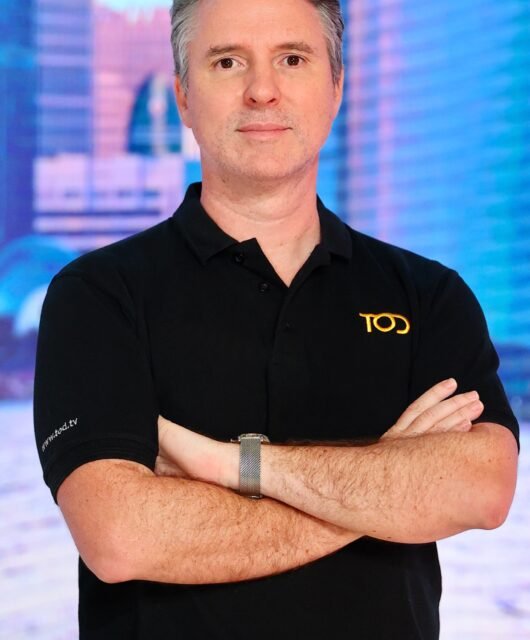The Road Ahead For Long-Form Content, And Other Predictions For The Regional Content Industry In 2023
By: Siddhi Sainani, Content Manager Middle East (Associate Director), Savills Middle East

I recently attended an industry event where there was a panel discussion on thought leadership.
After the panellists had shared their thoughts on the importance of showcasing thought leadership and how leaders and brands could benefit from this exercise, I still had one question in mind, especially looking ahead into 2023.
Covid-19 had flooded our screens—from laptops, to phones to TVs—with all forms and lengths of content. It was, after all, the only way to communicate after physical meetings and interactions were severed, even if for a brief period. I wanted to know if these few weeks, months or years of separation, depending on where you resided then, had fundamentally altered our content consumption preferences.
Does long-form content still have its place going forward? Or amidst all the content that has inundated us, is short-form, bite-sized digestible content the way to go?
Much to my delight, the questions sparked responses form nearly all the panellists. Even more encouraging was the fact that their thoughts echoed, and quietly confirmed, my belief:
Long-form content isn’t going anywhere.
The demographic of our audience will change from time to time, as will their content preference. However, there will always be takers, and seekers, for long-form content. Especially during the days of remote or hybrid working, when chance interactions between colleagues and peers are non-existent, long-form content can deliver in stimulating thinking and helping shape viewpoints.
I am a firm believer in long-form content—whilst I do enjoy delivering short, snappy pieces for social, the insights that unravel in a long-form piece such as a report or blog, can give our thought process a certain depth and weight.
We are all guilty of dismissing a piece as ‘TLDR’ (Too Long Didn’t Read) but we can all agree that a world without long-form content can feel quite hollow.
Apart from the continued relevance of long-form content, here are some other trends I see shaping our industry in 2023 and beyond:
- Repetition of message versus Reinforcement of message: The same message needs to be delivered in multiple ways to appeal to multiple audiences (think Boomers vs Millennials vs Gen Z). You will likely need to deliver the same content in a number of creative formats, a long-form content piece visualised as an infographic, and observe which one will resonate best with your different target groups.
- Content must marry Marketing: In an environment where budgets become tighter, functions such as marketing are one of the first to feel the heat. As leadership and finance further scrutinise budgets, it will be more important than ever to invest not only in relevant content creation, but also in content marketing activities that generate the highest visibility and returns.
- Leverage technology – Economic uncertainty may also mean leaner teams or hiring freezes, which means one resource will have to wear many hats. Teams must collectively utilise workflow and project management tools to deliver greater efficiency and ensure quality is not a victim of quantity. A deeper look at AI tools that help achieve better results must also be on the agenda.
- Think Immersive: With the advent of Web 3.0 and the increasing curiosity around the metaverse, content professionals will start to seriously explore ways to engage audiences in more immersive formats – whether it’s gaming in a virtual/augmented reality environment or virtually attending industry conferences taking place in outer space.
For some these might be new observations and for the others, a mere acceleration of existing trends in an increasingly cluttered environment where brands are vying for customers’ attention. Either way, it has never been more important to understand the difference between ‘having something to say’ versus ‘having to say something’.





